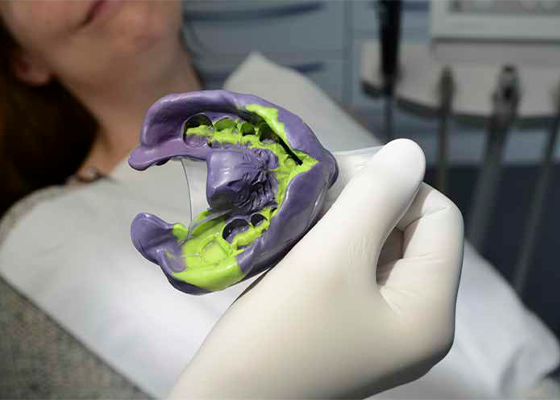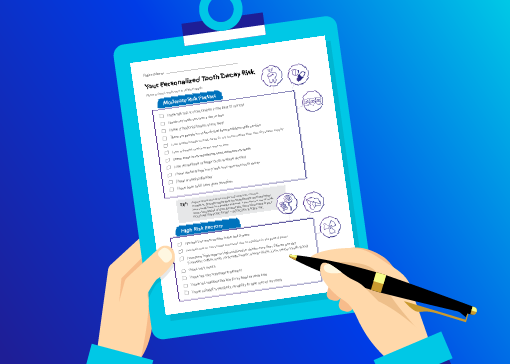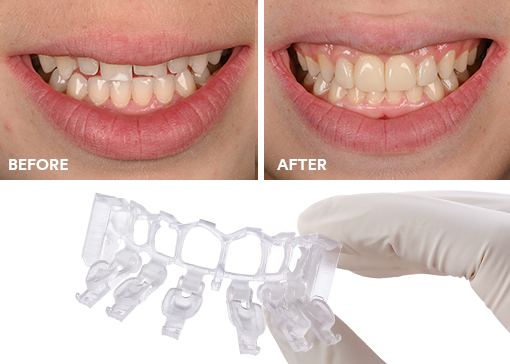Managing caries and motivating change part 1: Caries risk assessments
Caries is a complicated multifactorial disease. In this two-part series, explore how caries risk assessments can help improve evaluation and…


A look at what can be done to help anxious patients.
Many factors can affect a person’s ability to keep their oral cavity healthy, ranging from a poor diet to more severe causes such as dental anxiety. The latter is an issue encountered by many dental professionals in their day-to-day working life. As such, making the dental experience as comfortable as possible is crucial to allay the patient’s fears, and reframe their mindset to see dental visits as a positive necessity for their long-term wellbeing.
A recent study concluded that dental anxiety is ‘a complex phenomenon’, affecting approximately 53 per cent of the UK population (with 17 per cent of those avoiding the dentist entirely). The causes for dental anxiety are diverse, but it’s thought to be heavily triggered by negative past experiences. Patients with a history of mental health issues and/or have experienced trauma can also develop the condition. Interestingly, generalised anxiety disorder (GAD) has been shown to have a strong association with poor oral health compared to dental anxiety, alongside the number of years since the individual’s last dental treatment and their age. When burdened with dental anxiety, many patients may avoid attending regular appointments, often not visiting their dentist until they are forced to because of pain or discomfort. While the manifestations of dental anxiety are difficult to manage (heart palpitations, nausea, hypertension and/or gagging), those associated with poor oral health are much more severe issues in the long term.
There are many ways that the dental team can help their patients, especially those suffering from dental anxiety, to feel more at ease. Prior to the appointment, creating a warm atmosphere in the reception can set the tone for the patient’s visit: team members’ attitudes and helpfulness play a key role here. Research has postulated that an improved design of waiting rooms/areas can help to mitigate stress that healthcare settings may induce as well. One study found that when patients considered the waiting room to be a comfortable space, they reported lower levels of stress and increased mental stimulation, due to ‘positive distractions’. Making the waiting room more comfortable may be as simple as tweaking the lighting, the furnishings and/or colour scheme. Even certain scents, such as orange, may help to promote a calmer atmosphere.
When patients are in the dental chair, the bedside manner of the clinician can impact their experience. The feeling of being out of control or powerless is
often cited as a cause for anxiety for patients. As such, clinicians should endeavor to thoroughly explain not just what they’re doing, but why it needs to be done. This way, patients are better able to understand the procedure, thus removing the ‘unknown’ factor and helping them feel more present during their appointment.
Some patients may be fearful of certain medical odours, needles, drills or being in close proximity to the clinician, which are factors that unfortunately cannot be helped. However, by creating a good rapport with the patient prior to their treatment, they may feel better able to ask questions, find out more about the treatment/procedure pathway and set boundaries for themselves. The clinician will also have an improved understanding of their needs and requirements. Of course, it goes without saying that getting to the root of a patient’s dental anxiety is something they must set in motion themselves; however, creating a positive environment/experience for them can help them feel less anxious about future appointments.
Advancements made within dentistry have allowed treatment to be conducted at a much swifter rate, without compromising on the quality of care. This will have certainly helped patients who struggle being in the dental chair for long periods of time. For certain dental treatments, such as where an impression must be taken, gagging can often interfere with the procedure, which could potentially obscure the impression results.
Gagging is thought to be more frequent in patients with dental anxiety. In light of this, it’s important to consider the materials and tools you use, and whether they promote a more streamlined, comfortable experience for the patient.
To help streamline the treatment pathway and enhance the journey for patients, there is the Impregum Super Quick polyether impression material from 3M. Together with the reliability of a polyether and the speed of a vinyl polysiloxane (VPS), Impregum Super Quick polyether impression material has a working time of 45 seconds. Less time in the mouth, alongside the fresh minty taste, facilitates a more comfortable experience for patients.
Supporting patients with dental anxiety is not straightforward – many patients with more severe manifestations of the condition may require therapy and their road to recovery can take time. However, the dental team is in an ideal position to create a more positive experience and aid patients in feeling more relaxed. By tailoring their approach to care to ensure patients are comfortable and confident, clinicians can help them appreciate and enjoy the benefits of good oral health for life.
We would love to know how we can improve the blog for you. Please answer our survey below. It only takes a few minutes.
You can answer anonymously if you prefer.
References available on request.
This article was frist published in “The Dentist” June 2023

Caries is a complicated multifactorial disease. In this two-part series, explore how caries risk assessments can help improve evaluation and…

Zirconia may be part of your everyday vocabulary, but how much do you know about this ceramic material? Learn more…

Achieving the correct shape is vital to a natural-looking anterior composite restoration. Learn how the 3M™ Filtek™ Matrix, paired with…